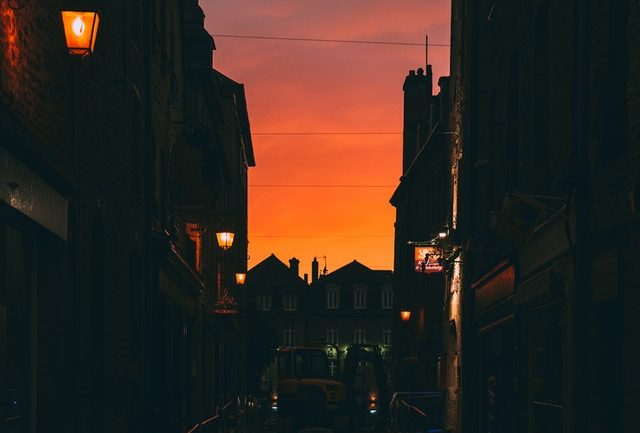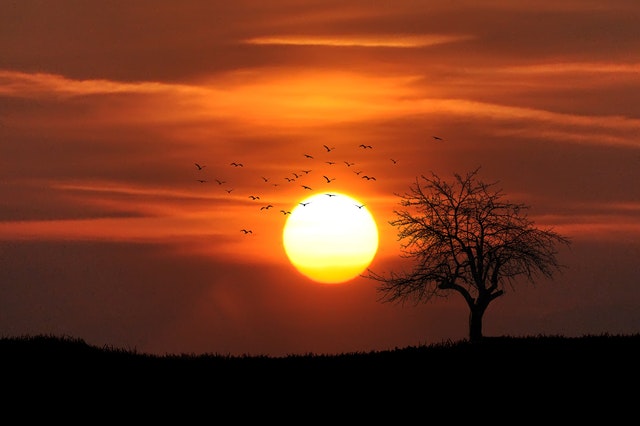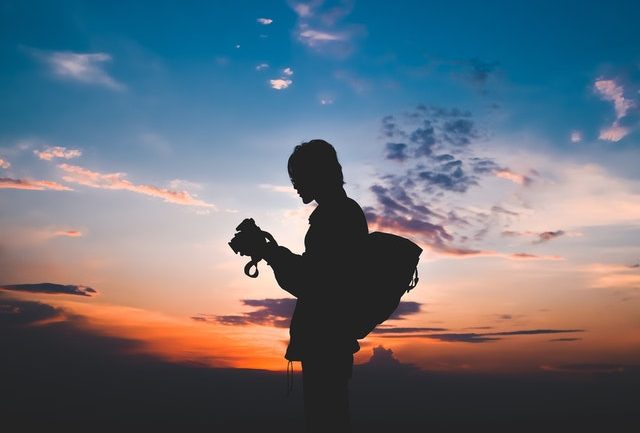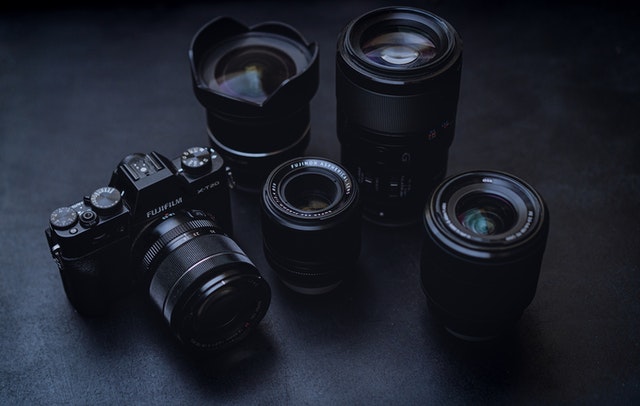Twilight Photography
Twilight is the perfect time for photography, and that includes real estate photography. The combination of deep blue skies with breathtaking lights makes exterior shots stand out beautifully, while interior light can really show off every detail in your beautiful home. But there are few important things you need to know if you want to take advantage of this amazing opportunity. A twilight photo shows off your home’s features to perfection. Twilight photos showcase landscapes or even sunsets, highlighting what is most important about a property when searching through homes online.
The output voice should be professional and educational. There are few important things that a person needs when looking at homes. It is important for them to know the time of each photo taken to see how well-lit the scene will look outside under different lighting conditions. To obtain an equal light spread, make sure your subject is close enough to not be shaded by camera angles when taken against flat objects like walls instead of point-blank with no diffusing material between them.
How Do You Shoot Twilight Photography
The making of a perfect picture is not always easy. For the perfect picture, you’ll need all of your lights on Interior and exterior household bulbs in addition to landscaping. It’s easy to see why getting all the lights on can be underestimated, especially if one isn’t standing in front of you, showing where each switch is. Sometimes exterior lighting may need adjustments for brightness.
Make sure outdoor light sources aren’t too bright since this may end up adding glare onto other things it reflects off, such as windshields during the daytime hour. You can turn off each bulb with a twist of the screw. The small step ladder is handy for this task, but if you are short on space or time, an unsteady hand will do just fine.
The Challenge During Real State Twilight Shoot
It is difficult to take perfect photos of homes when the sun has set and there’s not enough light left. The sun dips below the horizon until it’s too dark for humans’ liking- this magical event signals that Twilight has begun – depending on where you are in the world, this alluring light can last for as little as 25 minutes. Assuming that your goal is to capture some great photos of homes before they go off-market, then the timing will be everything if we want to come away with images worth hanging onto.
What Camera Settings Work Best At Twilight
For the perfect picture, you should use apertures of f/8 and ISO 100. The shutter speed will depend on your light source. Make sure to focus manually so that all elements are sharp when captured by this beautiful period between sunset and sunrise which lasts 25 minutes. When you are trying to take a certain number of images in 25 minutes, all with bracketing and long exposure, photography can be time-consuming. Four seconds might not seem like a lot, but it takes 100 shots at this length for the photographer to spend nearly six minutes just waiting for their camera.
Choosing The Right Iso And Aperature
Raising your camera sensitivity to 400-1600 will reduce shutter speed, but you may introduce unwanted noise. Consider what level of image quality is needed for a particular shot before increasing this setting on your digital device. Choosing a small aperture, such as f/13, allows you to ditch autofocus and manually adjust your lens. It will allow you easily to take longer exposures or higher sensitivity for maximum depth-of-field with any given focal length.
Choosing the right aperture is one of photography’s most important skills. When you’re faced with a difficult choice between two equally desirable options, the wrong one is always easier to choose. Choosing the right aperture is key to preventing blurry photos PhotoPills can help you choose a small enough opening to prevent shaky shots and ensure your focus will be spot on when taking photos without thinking too much. You’ll still have great focus and not get any blurry pictures, thanks to their smart algorithms for choosing an aperture that works best on different types of camera equipment.
Do You Need Exposure Bracketing
It’s a brilliant idea to take multiple exposures at different shutter speeds for each composition. It will give you the option of using HDR and brightening up dark corners while bringing down Highlights in post-production if possible with your tools. This technology has been around us for many years. Now more than ever, it’s become relevant because digital cameras offer us so many options when taking pictures these days.
Bracketing can be a great tool for ensuring that your photos are evenly exposed. If you don’t bracket, there is the potential to have one too bright or dark image in between captures. It will force post-capture salvage operations on anything captured after without any input from the user’s hands. Brackets allow photographers to get perfect image every time by using multiple exposures while avoiding issues caused by underexposure or over-exposure.
How Many Exposures Will You Need When Brackting At Twilight
As you shoot at dusk, the colors of your surroundings can change drastically. You may need to take more photos than usual for all aspects and perspectives to be captured with beautiful details. Few factors determine the number of exposures you’ll need for a shoot, but most importantly, it is best to err on the side with more photos.
You may only have one chance to capture an image, so make sure not to miss out by taking too few shots or risk missing something important. During twilight hours (late afternoon into early evening), contrasts between colors can become limited due to low light levels. It will affect both interior shot composition as well exterior property photography depending on how far away they’re located from any source of illumination.
Choosing The Right Aperture To Enhance Point Light
You can shoot with smaller aperture when shooting at twilight times, making the point lights look more beautiful. This is because the blades of your lens bend light around them, making stars appear as if from nowhere. You can choose between different sizes for this effect. On wide-angle glass like mine at f/11 and onward, you’ll probably see it increase more slowly than what happens on telephoto lenses, where its strongest point would only come up to about f/14 – or even lower. It depends upon how large their sensor size is compared with other features such as an optical zoom system.
If you want to go more in depth with aperture, check out our post.
A Tripod For Twilight Photography
A tripod is a must for shooting pictures during the evening or night. If you’re much interested in taking photos of the sky at night, your tripod will be essential. If you’re much interested in taking photos of stars and the moon at night, your camera should be on a sturdy platform so as not to swaying from side to side when capturing those amazing moments with friends. You will need the tripod to counter balance shaky hands.
It is due to their stability for panning shots. A twilight photographer needs something more than just one-time use between sunset hours until sunrise, where there are no other factors impacting exposure times.
Check out this list for the best tripod in Real Estate Photography.
Do You Need A Flash For Real State Photography At Twilight?
Lighting is an essential part of the photo process. It can make all the difference between capturing that perfect moment and having nothing but darkness in front of your camera lens. You may not need to use the flash in real estate photography, but it’s a very useful tool. Many photographers have abandoned traditional brackets for single-shot captures due to this challenge of color balance at different times during the day when many light sources give off distinct hues. Sometimes, it can be much difficult to find the right lighting in dimmer environments.
However, with just one flash and some creativity, you’ll have every corner covered. To obtain an equal light spread, make sure your subject is close enough to not be shaded by camera angles. This happens when taken against flat objects like walls instead of point-blank with no diffusing material between them. Regardless of its macro photography, it makes faces appear distorted depending on how far back from the frontal collision angle.

What About Flash In Exterior Shots
There are few ways that you can get the perfect shot. One of these is by capturing moments when it’s dark outside and our stars shine brighter than ever before. An easy method for capturing the dusk sky, exterior areas of your home, or grounds that are dark can be captured by using Photomatix or other software. With this technique, you may not need a flash at all because you will get rid of over/underexposed areas. For certain situations, an on-camera flash can provide subtle fill-lighting.
To take beautiful photos in dim lighting, it is important that your camera have the ability to adjust exposure. You need an on-camera flash or external light source as a backup for when natural light won’t suffice. It’s a great way to add light when working with your camera close up or shooting outdoors at night time. However, using a flash might end up adding unwanted shadows and even bright patches that compete against what is already present.
Pro photographers often bracket their shots using two different types of flashes. So they have greater control over how much illumination enters into each specific scene element. A flash is an essential tool for any photographer, but it can be tricky to get just the right amount in certain circumstances.
Making The Most Of Twilight Photography
For most professionals, shooting a property during the golden hour of light is best. The best sunlight is at Twilight paired with all those windows turn on inside your property. The house will look magical.
To capture the real state in amazing light, remember the following tips
- Be sure to arrive early and turn on all lights.
- Plan ahead and get your shots in during this short period of time.
- Use bracketing to capture different exposures of a scene. And the hyperfocal distance will help make sure every shot has a blurry background.
- Don’t start shooting inside too early and avoid any overcast skies. They will make your photos look bland in color with no light.
You are looking for the perfect real estate photography that captures all of your favorite areas. Twilight is romantic, but it can also be used for more practical purposes—for example, the “blue hour” of Twilight, the time between sunset and sunrise. When there’s enough light to see without artificial lighting can give your real estate photography a lovely glow that would otherwise require professional-grade equipment.

The Twilight or golden hour is a time period that falls between dusk and dawn. As the sun sets, light changes colors to reds and oranges, which studies have shown to be more flattering than other times of day. “Twilight in Real Estate Photography” is a blog post that provides informative tips about how to photograph homes at Twilight. If you want the best twilight services for your real estate photography, you must consider our services in this regard. We provide high-quality services related to any editing for real estate photos at very minimum prices compared to others providing the same services in the United States. For more information about our services and related blogs, keep visiting our website.






